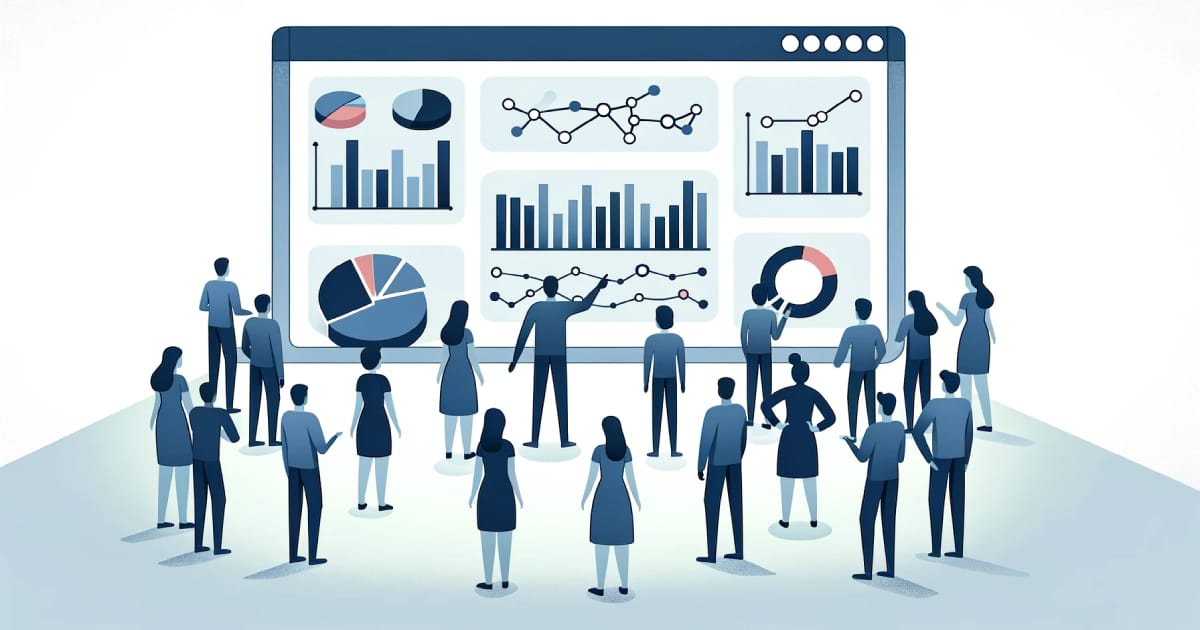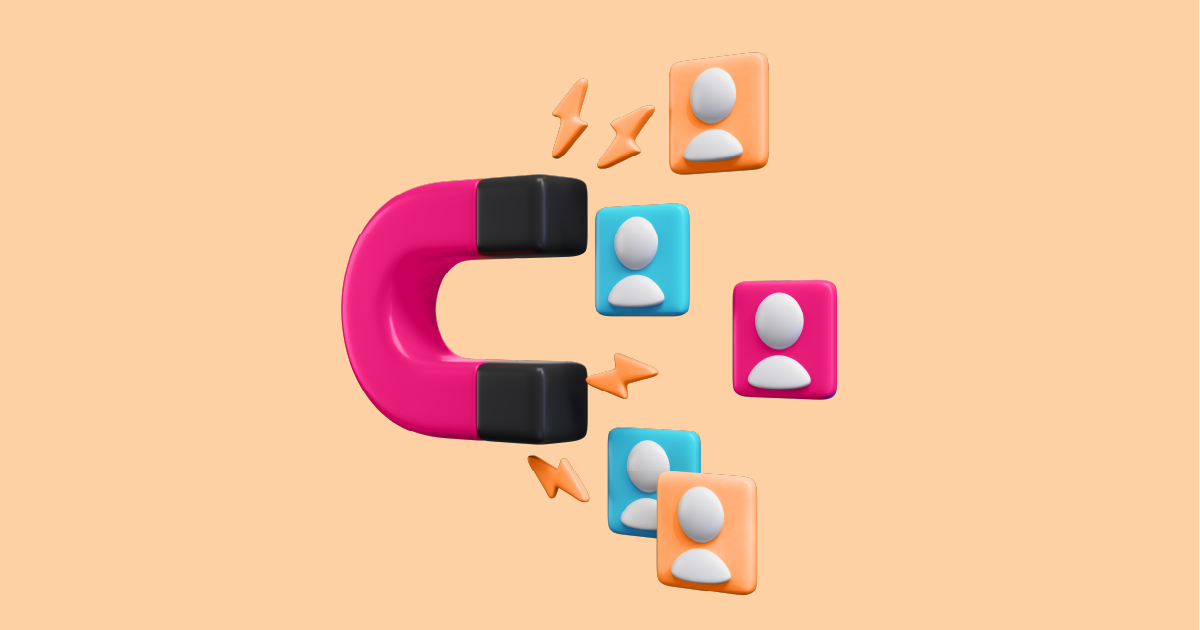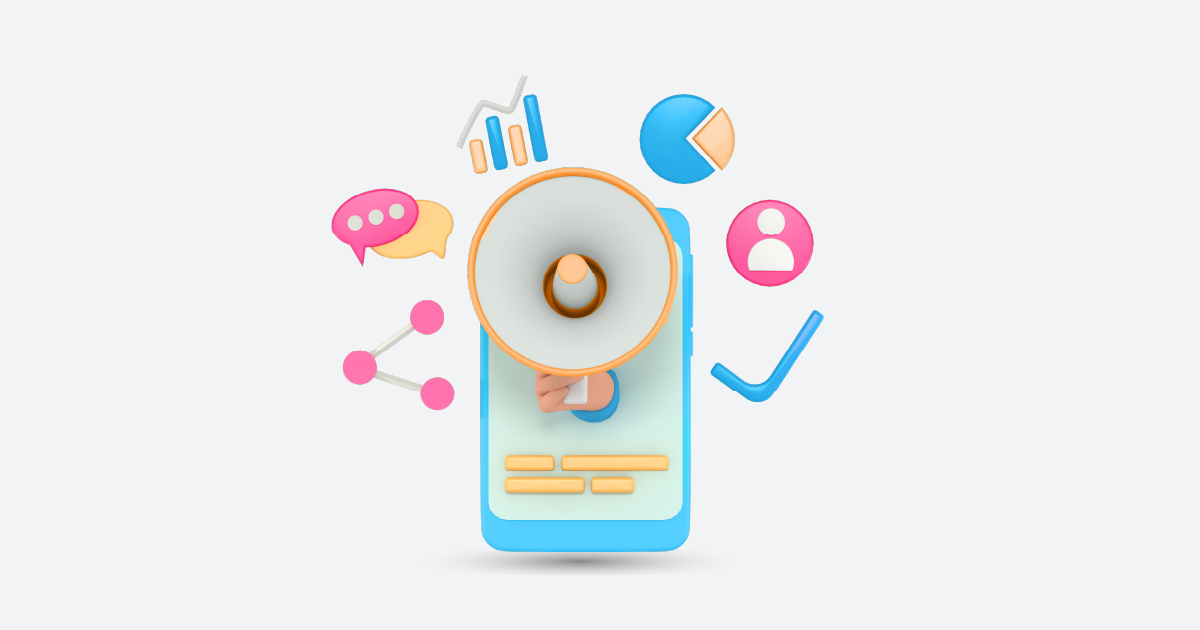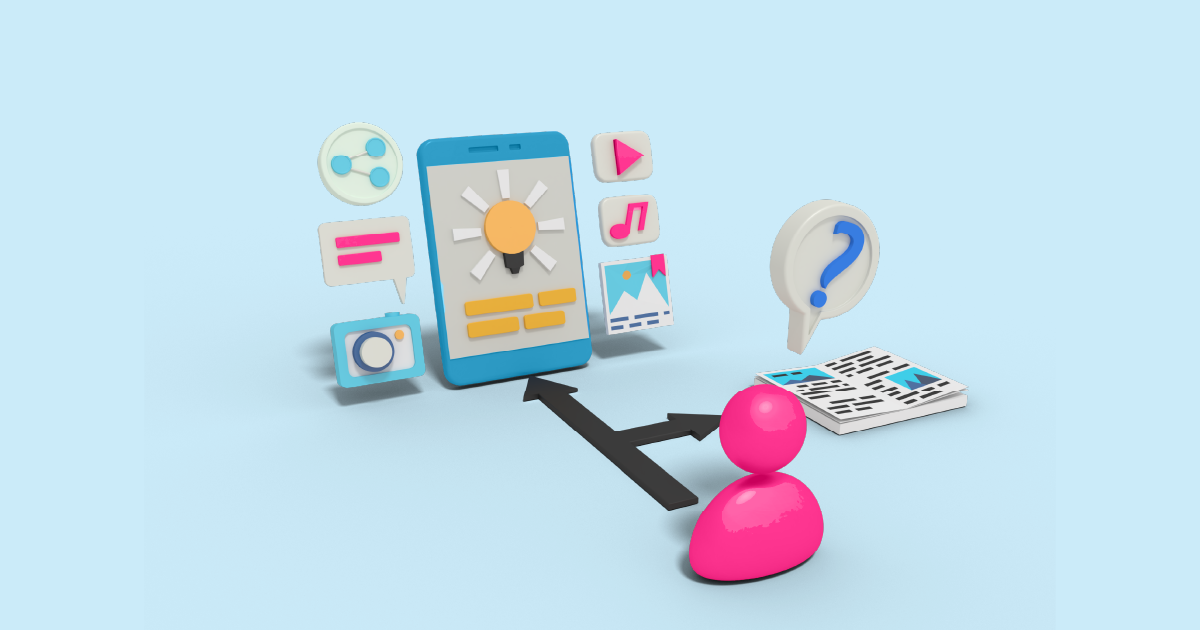In the fast-paced world of business, understanding your customers is more crucial than ever. But what exactly does this entail? Enter the realm of customer behavior insights—a powerful tool that allows businesses to delve into the minds of their customers, revealing the motivations, preferences, and habits that drive their purchasing decisions.
Customer behavior insights are not just about knowing who your customers are but understanding why they act the way they do. This deep understanding enables companies to tailor their strategies, improve customer experiences, and ultimately, boost their bottom line. But how do businesses utilize these insights effectively? Let’s explore this fascinating topic.
The Psychology Behind Customer Behavior Insights

Factors Influencing Customer Decisions
At the heart of customer behavior lies a complex interplay of psychological factors. From the allure of a well-crafted advertisement to the subtle cues embedded in product packaging, various elements influence how customers make decisions.
1. Psychological Triggers
Ever wondered why certain products just seem more appealing? It’s often due to psychological triggers. These include the scarcity effect (where limited availability increases desirability) and social proof (where we are influenced by what others do). Recognizing and leveraging these triggers can be a game-changer in marketing strategies.
2. Emotional and Rational Decisions
While we like to think of ourselves as rational beings, the truth is that emotions play a significant role in our purchasing decisions. A customer’s emotional connection to a brand can often outweigh logical considerations, leading them to choose a product that feels right rather than one that simply ticks all the boxes.
The Role of Perception in Buying Behavior
Perception is everything. It’s how customers interpret the value of a product, the credibility of a brand, and the trustworthiness of a company. Brands that understand how to shape and influence perception can effectively guide customer behavior in their favor.
Types of Customer Behavior Insights
Understanding customer behavior is not a one-size-fits-all approach. Different types of insights provide various layers of understanding, each crucial in crafting a well-rounded customer strategy.
1. Behavioral Data Analysis
This involves analyzing the actual actions customers take—what they buy, how often they purchase, and their interaction patterns with a brand. Behavioral data is a goldmine for identifying trends and predicting future actions.
2. Attitudinal Insights
While behavioral data shows what customers do, attitudinal insights reveal why they do it. This involves understanding customer opinions, motivations, and feelings toward a brand. Surveys, focus groups, and feedback forms are typical methods for gathering attitudinal data.
3. Predictive Analytics
Predictive analytics uses historical data, machine learning, and statistical algorithms to forecast future customer behavior. This type of insight helps businesses anticipate customer needs and tailor their offerings accordingly.
Customer Behavior Insights Tools
Collecting accurate and actionable customer behavior insights requires the right tools. Here are some of the most effective methods:
1. Customer Surveys and Feedback Mechanisms
Surveys and feedback forms are direct ways to gather customer opinions and attitudes. These tools allow businesses to ask specific questions and gain insights into customer satisfaction, preferences, and areas for improvement.
2. Social Listening Tools
Social listening involves monitoring social media platforms for mentions of a brand, products, or industry. These tools provide real-time insights into customer sentiment, trends, and potential issues that may not be captured through other means.
3. Website Analytics and Heatmaps
Website analytics tools track how customers interact with a website, including pages visited, time spent, and conversion rates. Heatmaps go a step further by visually representing where users click, scroll, and focus their attention on a webpage, helping businesses optimize user experience.
The Role of Technology in Understanding Customer Behavior
Technology has revolutionized the way businesses understand and analyze customer behavior. From AI to big data, these innovations provide deeper insights and more accurate predictions.
1. AI and Machine Learning in Behavioral Analysis
Artificial intelligence and machine learning algorithms can process vast amounts of data far beyond human capabilities. These technologies can identify patterns and trends in customer behavior, enabling more personalized and effective marketing strategies.
2. Big Data and its Impact on Customer Insights
Big data refers to the massive volume of data generated by digital interactions. Analyzing this data allows businesses to gain a comprehensive view of customer behavior, preferences, and trends, helping them make informed decisions.
3. Personalization Through Customer Behavior Analysis
Personalization is the key to creating meaningful customer experiences. By analyzing customer behavior, businesses can deliver personalized recommendations, content, and offers, enhancing customer satisfaction and loyalty.
How to Implement Customer Behavior Insights
Having insights is one thing, but effectively implementing them is another. Here’s how businesses can turn customer behavior insights into actionable strategies:
1. Segmenting Your Audience Based on Behavior
One of the first steps is to segment your audience based on their behavior. By grouping customers with similar behaviors, businesses can tailor their marketing efforts to each segment’s specific needs and preferences.
2. Tailoring Marketing Strategies to Behavioral Insights
Once your audience is segmented, the next step is to tailor your marketing strategies. Whether it’s personalized email campaigns, targeted ads, or customized product recommendations, aligning your strategies with customer behavior insights can significantly improve their effectiveness.
3. Enhancing Customer Experience Using Behavioral Data
Customer experience is at the core of any successful business. By leveraging behavioral data, companies can identify pain points, optimize customer journeys, and create a seamless and enjoyable experience that keeps customers coming back.
Case Studies of Successful Implementation
Example 1: E-commerce Personalization
An e-commerce company that implemented personalized product recommendations based on customer behavior saw a 30% increase in sales. By analyzing past purchases and browsing history, the company was able to suggest products that resonated with individual customers, leading to higher conversion rates.
Example 2: Customer Retention Strategies in Retail
A retail chain used customer behavior insights to identify at-risk customers and implemented targeted retention strategies. By offering personalized discounts and exclusive offers, the company successfully reduced churn rates and increased customer loyalty.
Challenges
While customer behavior insights offer significant advantages, they also come with challenges.
1. Data Overload and Analysis Paralysis
With the vast amount of data available, businesses can easily become overwhelmed. The key is to focus on the most relevant data and avoid analysis paralysis—getting stuck in the process without taking action.
2. Privacy Concerns and Ethical Considerations
Collecting and analyzing customer data raises privacy concerns. Businesses must ensure they handle data ethically and comply with regulations like GDPR to maintain customer trust.
3. Misinterpreting Behavioral Data
Misinterpretation of data can lead to misguided strategies. It’s crucial to combine quantitative data with qualitative insights to get a complete picture of customer behavior.
Future Trends
The field of customer behavior insights is continuously evolving, with new technologies and trends shaping its future.
1. Emerging Trends in Behavioral Analysis
Trends like real-time data analysis, omnichannel customer insights, and the integration of AI-driven tools are transforming how businesses understand and engage with their customers.
2. The Growing Importance of Real-Time Data
Real-time data allows businesses to respond instantly to customer behavior, providing timely offers, solutions, and support that can significantly enhance customer satisfaction and loyalty.
3. Future Technologies Shaping Customer Insights
Technologies like augmented reality (AR), virtual reality (VR), and the Internet of Things (IoT) are set to provide even deeper insights into customer behavior, opening up new avenues for engagement and personalization.
Conclusion
Understanding customer behavior is more than just a competitive advantage—it’s a necessity in today’s dynamic market. By leveraging customer behavior insights, businesses can create more personalized experiences, enhance customer satisfaction, and drive growth. As technology continues to evolve, the ability to understand and predict customer behavior will only become more critical, making it essential for businesses to stay ahead of the curve.
If you’re ready to take your customer insights to the next level, request a demo from AIM Technologies today and discover how our advanced tools can help you understand and engage your customers like never before.
FAQs
1. What are customer behavior insights?
Customer behavior insights are data-driven understandings of how and why customers make purchasing decisions, allowing businesses to tailor their strategies accordingly.
2. How can businesses collect customer behavior data?
Businesses can collect customer behavior data through surveys, social listening tools, website analytics, and by analyzing purchase history and customer interactions.
3. What are the challenges in understanding customer behavior?
Challenges include data overload, privacy concerns, and the risk of misinterpreting data, all of which can lead to ineffective strategies if not managed carefully.
4. How can customer behavior insights improve marketing strategies?
By understanding customer behavior, businesses can create more targeted and personalized marketing campaigns, improving engagement and conversion rates.
5. What is the future of customer behavior analysis?
The future of customer behavior analysis lies in real-time data, AI-driven insights, and the use of emerging technologies like AR and VR to gain deeper customer understanding.




